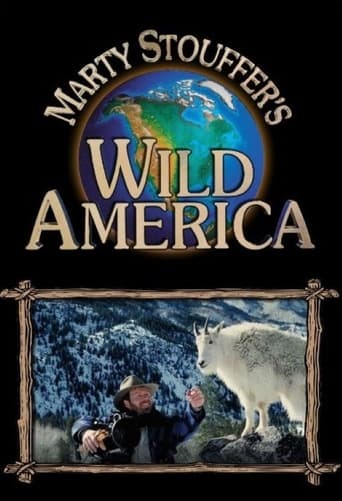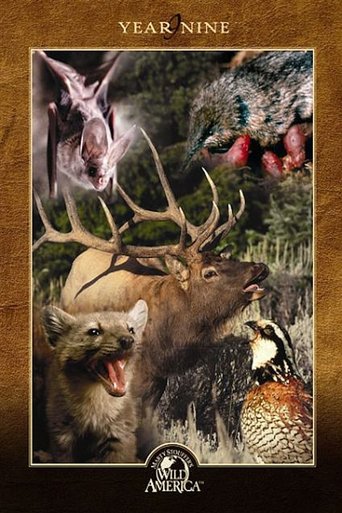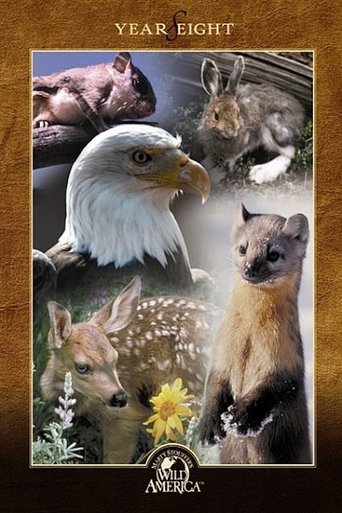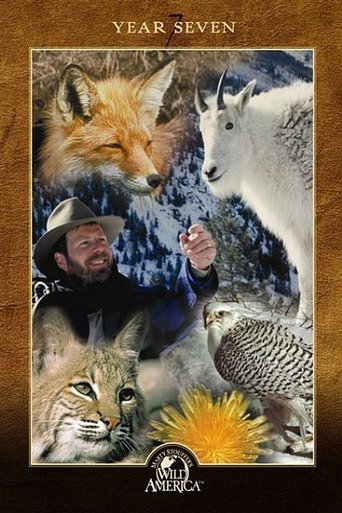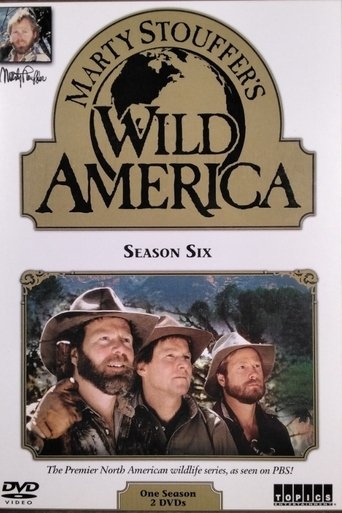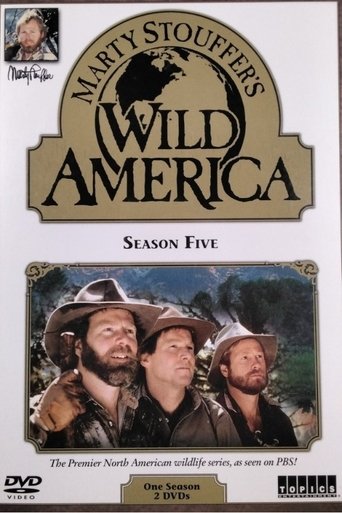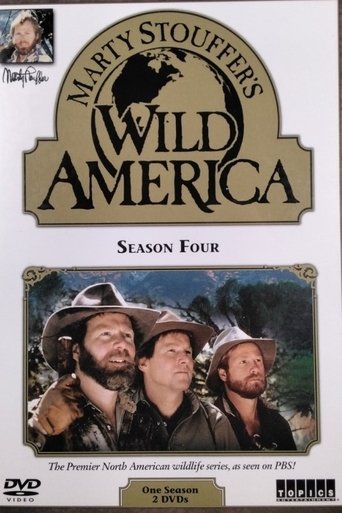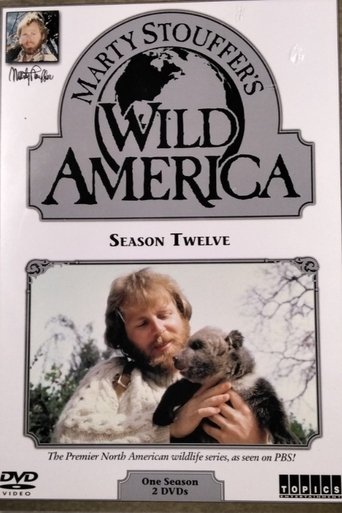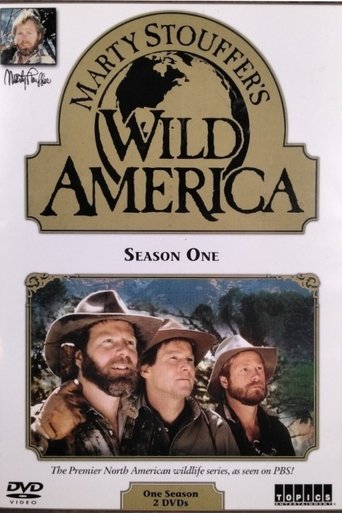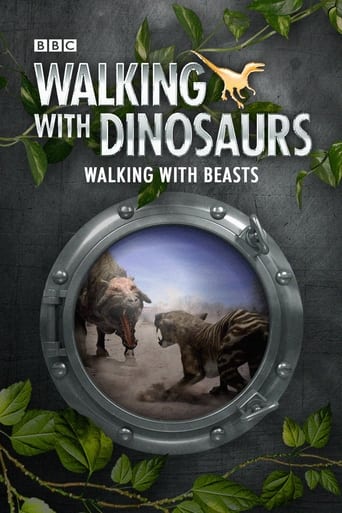Marty Stouffer's Wild America Season 9
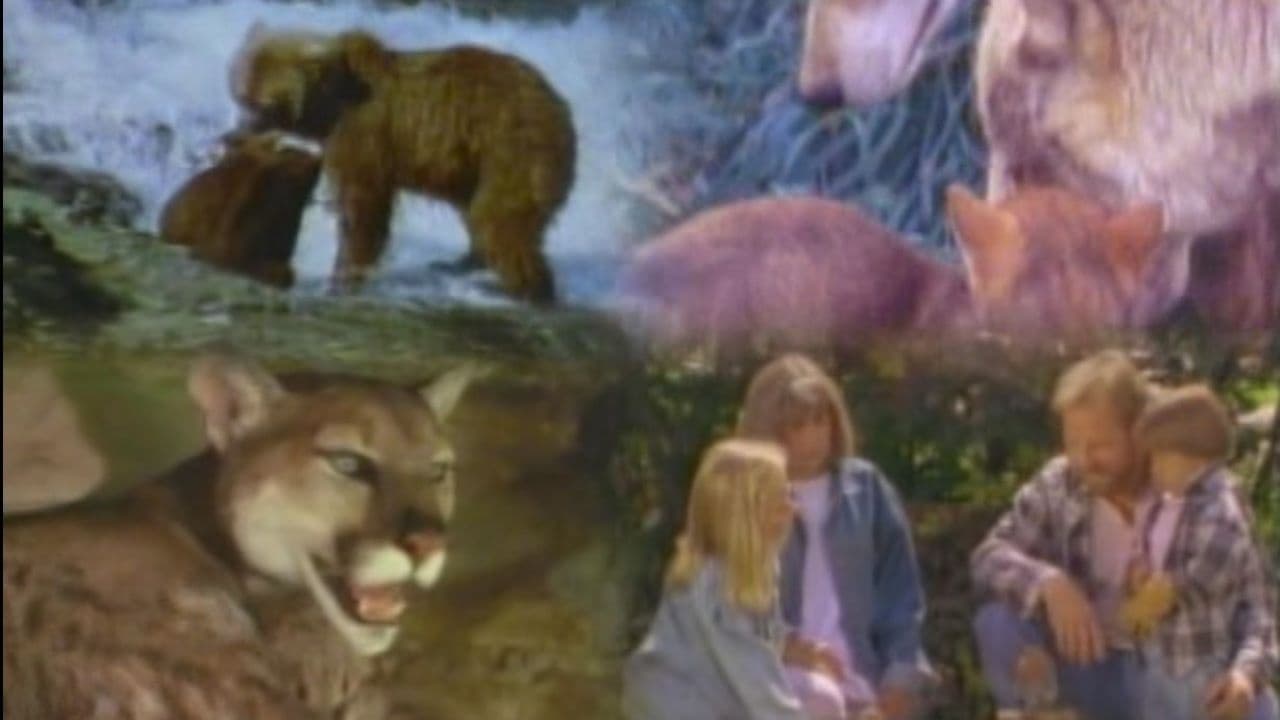
Marty Stouffer's Wild America was the first wildlife and nature series to focus exclusivvely on the wild animals and wild lands of North America.
Watch NowWith 30 Day Free Trial!
Marty Stouffer's Wild America
1982 / NR
Season 9
Watch Trailer
Marty Stouffer's Wild America Season 9 Full Episode Guide
Nature's artistry includes brightly colored feathers, fur, petals and scales designed to attract mates or ward off enemies. But what about her neutral hues? Marty Stouffer examines the function of non-color in Nature, and shows us that the lives of gray creatures, such as the Glacier Bear, Stone Sheep, Gyrfalcon, and even the Gray Wolf are certainly anything but drab.
A Bird does not need a house to make itself a happy home. They can be cup-shaped, or long and hollow, like gourds. They can be coarsely made of sticks and mud, or exquisitely woven of spider web and down. They can be found anywhere, deftly hidden or dangerously exposed. Even the eggs that fill them are not always egg-shaped. This program shows that Birds do not need a house to make a home.
As spring unfolds, the sweet melodies of Birds provide a welcome break from the stillness of winter. The trills and eye-catching displays of courting males actually serve a dual purpose -- to intimidate rivals as well as to attract prospective mates. The song and dance rituals are all orchestrated toward a single goal -- to ensure the most fit pass on genes for future generations.
Birds are distinguished from other animals by their feathers. Few of Nature's creations surpass the feather's function, beauty and design. These delicate, yet complex, structures insulate, waterproof, camouflage, and adorn. But the most notable function of feathers is flight. Join Marty Stouffer as we learn how feathers give Birds a powerful edge in the struggle to survive.
Long the misunderstood subject of myth and legend, Bats are hardly a favorite form of wildlife. Yet they are among our most valuable -- and interesting -- fellow creatures. This amazing study of America's only flying mammals reveals, with close-up and slow-motion cinematography, their fascinating habits and abilities, and offers fresh insight into the dark world of cave ecology.
From branch to branch leaps a lithe hunter, alert in its pursuit of Squirrels, Birds and other prey. Its rich golden fur blends with the trunks of the Spruce trees in our northern forests; its bright eyes shine as it hunts and forages at night. We follow a young Marten from early spring into winter and see how this most solitary member of the Weasel family earns the right to survive.
With its shy habits, soft plumage, and alert dark eyes, it's no wonder the Bobwhite Quail of our southeastern states inspired this Southern compliment. Other members of the widespread Quail family include the Gambel's, California, Montezuma and Scaled Quail. Their behavior, both as individuals and in coveys, proves them to be as clever and resourceful as they are lovely.
A savage little beast eats constantly to support its high metabolism. Of the more than 4000 species of Mammals on earth, the tiny Shrew has earned a reputation for being the most voracious. It devours almost anything in its path, including creatures much larger than itself. Its heart is hardly malicious, but beats at a rate of 1000 times a minute. This reflects a metabolism which requires the Shrew to consume several times its body weight daily.
In springtime, in the mysterious hour before sunrise, feathered shadows gather on secluded display grounds, risking predation to perform ancient rites of survival. From coast to coast, from deep forest to prairie sandhill to high timberline, North America is home to a variety of Grouse; each noted for its colorful vocal sacs and each with its own spectacular courtship dance.
With their proud bearing and stately crown of antlers, Elk are admired by many as the most elegant member of the Deer family. Years ago, herds of them roamed freely across our land. Today, confined to western mountains, they depend increasingly on management by man. We investigate the controversial situation in Jackson Hole, Wyoming, site of the National Elk Refuge.
Free Trial Channels
Seasons


